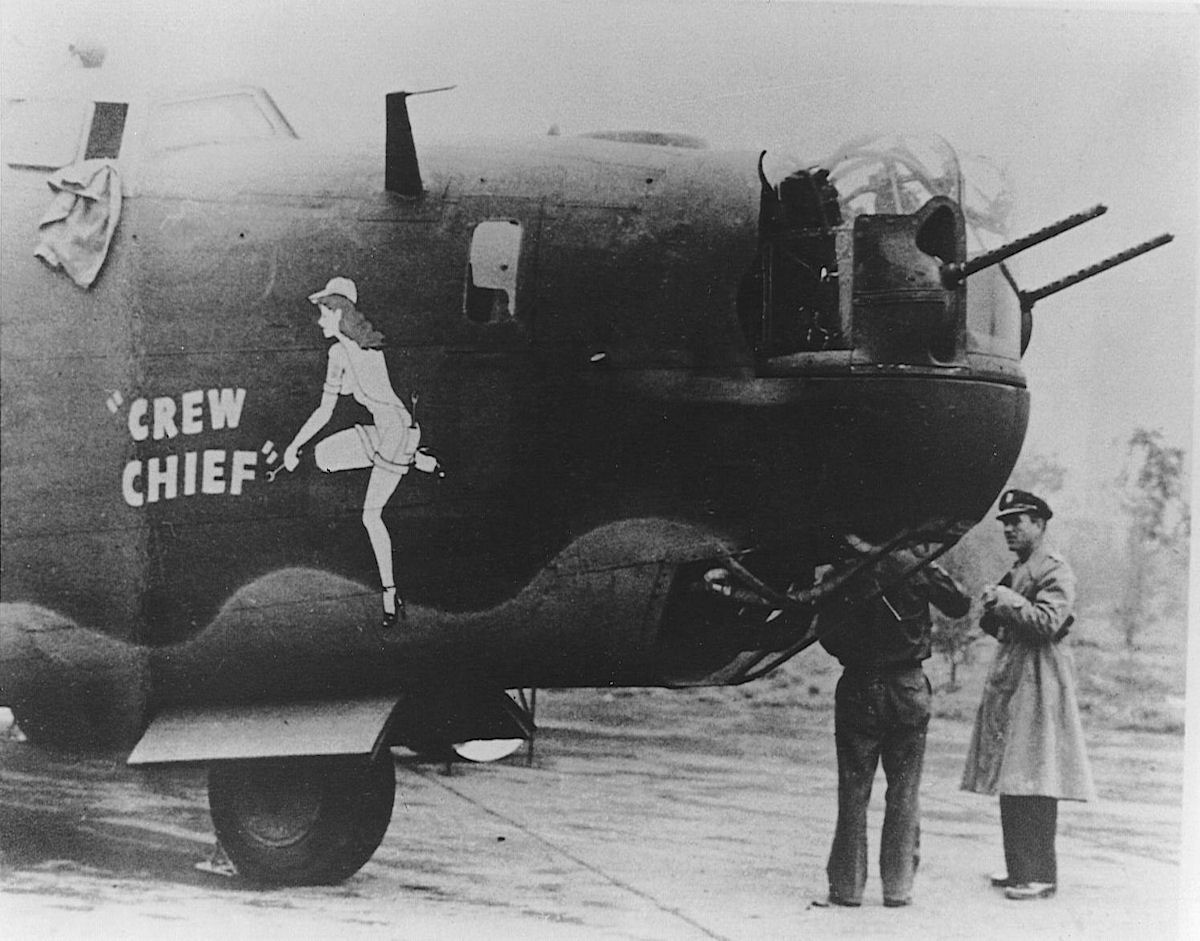

The majority of three thousand officers and enlisted men in Eight Air Force heavy bomber crews tallied between 28 May and 5 June 1944 said their aircraft be they B-17s or B-24s were the best for the job. Other noteworthy use of the aircraft came in the form of converted tanker-transport configured aircraft designated C-87 and C-109s which flew ‘The Hump,’ the challenging high-altitude supply missions through the Himalayan Mountains and across the China-Burma-India theatre. B-17 Bomber Flying Fortress The Queen Of The Skies B-17 Vs. The Martin B-26 Marauder is an American twin-engined medium bomber that saw extensive service during World War II.The B-26 was built at two locations: Baltimore, Maryland, and Omaha, Nebraska, by the Glenn L. How do You position the team I usually send the bomb aimer already before takeoff to the aiming station, get the mid-turret-gunner to the nose-turret and man the mid-turret with the engineer. The German war-machine was stalled for lack of fuel.” Army Air Forces recruiting poster featuring B-26 Marauders. Bomber Crew > General Discussions > Topic Details. Wartime news reels characterized the campaigns importance by saying, “The 15th Air Force…did more than merely destroy the enemy oil production, they brought eventual disaster at compounding interest. On some missions allied aircraft losses approached 50% of formations numbering in the hundreds of aircraft. Flying from former Axis airfields in Italy now under the control of the Allies, the daylight bombing campaign was rebuffed time-after-time with stiff defenses in the form of flak, airborne fighters and smoke screens meant to obscure the visual sighting of the attacking bombers. However, in 1943 the 15th Air Force began an intense five month-long follow-up campaign known as OPERATION TIDAL WAVE to finally destroy the Nazi petroleum supplier. The B-24 was the primary aircraft used because of its extended range and necessity to fly at low-level to surprise the defenders of the oil fields and refineries.

The B-24 might best be remembered for participation in missions to destroy the Nazis petroleum and synthetics production facilities at Ploesti, Romania, in 1942 from bases in North Africa. It was manned with 12 crew members made up of a pilot, copilot, navigator, radioman, engineer and defensive gunners positioned in the nose, tail, upper and lower turrets and waist positions. The Liberator carried a weapon payload of 8,000 pounds using an internal, racked bomb bay to reduce drag and give it a 3,200 mile range. The modifications were complete by the end of 1943. Such was the case for a crew with the 451st Bomb Group of the 15th Air Force, B-24 tail 42-7757, nicknamed Windy City.

The aircraft was used in all theaters of the war with particularly heavy use in the European campaign.Īccording to official Tinker history documents, the Oklahoma City Air Depot had a short, but meaningful association with the Liberator when on July 15, 1943, Tinker began modifying the armament of 65 B-24s. The Consolidated B-24 “Liberator” was a four-engine, heavy bomber produced for the Army Air Corps prior to and during World War II.


 0 kommentar(er)
0 kommentar(er)
